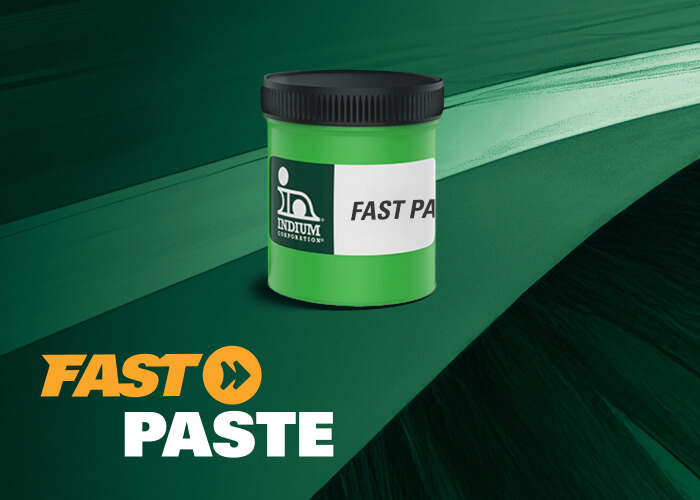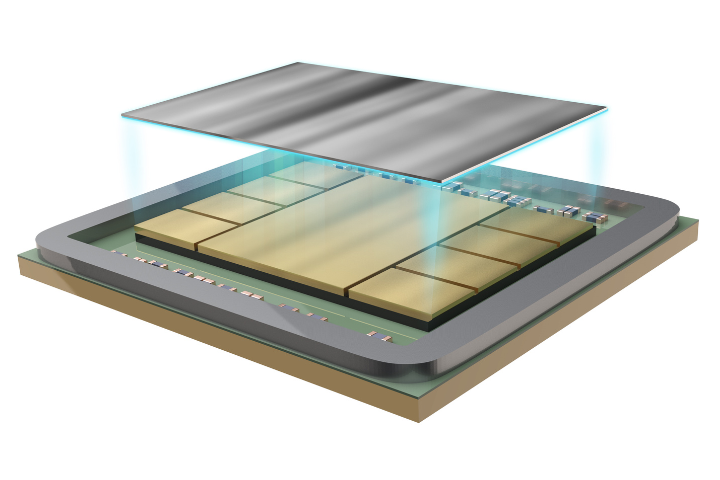Folks,
A fewyears ago, Prismark estimated that the world electronics usage of lead was 18,500 tons per year. Assume most solder at the time was tin-lead eutectic (63% tin, 37% solder) this would equate to about 50,000 tons per year of solder used in electronics and 31,500 tons of this solder being tin. With the advent of lead free soldering, using say SAC305 (96.5% tin, 3.0% silver and 0.5% copper), most folks would suggest that .965 x 50,000 = 48,250 tons of tin are now being used, an increase of about 17,000 tons of tin. However, solder is used by volume not weight, assuming a leaded and lead-free solder joint are of the same size (i.e. volume). Since the density of tin-lead eutectic solder is 8.4 g/cc and the density of SAC305 is 7.36 g/cc, a given lead-free solder joint weighs only 87.6% (100 x 7.38/8.4) of a tin-lead joint.
Considering this argument, our 50,000 tons of solder of solder per year, requires only 50,000 x 0.876 = 43,806 tons of SAC305 lead-free solder to make the same solder joint volume. This amount of SAC solder contains 42,276 tons of tin, an increase of less than 11,000 tons of tin over using tin-lead solder. When one considers that for wave soldering, the lack of wetting of lead-free solder further reduces the volume of solder used, the actual increase in tin usage may be < 10,000 tons.
The United States Geological Survey estimates that about 300,000 tons of tin are mined each year. So the increased use of tin for lead-free is about 3-4% of that mined. This figure matches well with the USGS's statement that tin usage in the US rose 2% in 2007. However, with numbers this small it is hard to support any trend.
I thought these numbers might be helpful in understanding the impact of lead-free soldering on tin consumption. Many had assumed that lead-free would dramatically impact tin supplies, when in truth lead-free solder has only a secondary or tertiary impact on tin usage.
The photo is an image of a lead-free through-hole solder joint cross-section thatmy Indium colleagues took. It is likely that the equivalent tin-lead joint would have even more solder volume as discussed above.
Cheers,
Dr. Ron



